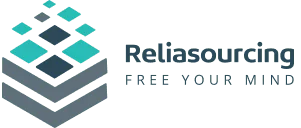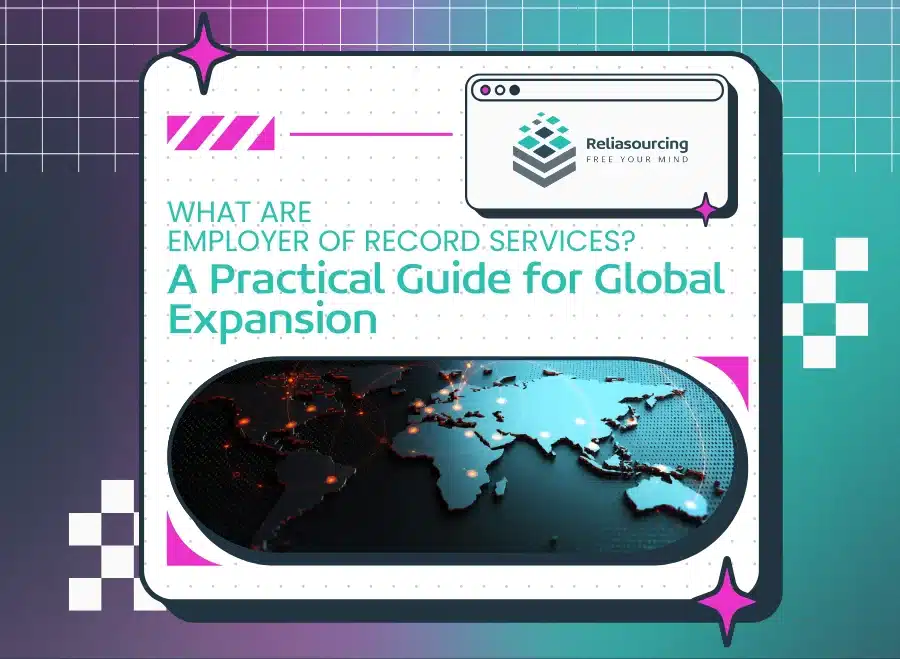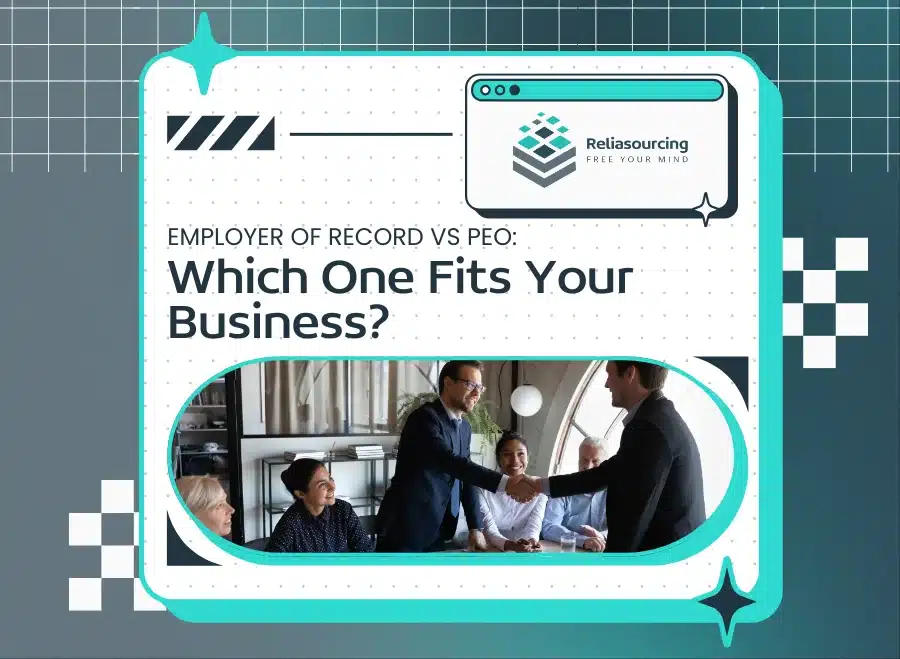Sales strategies in today’s increasingly competitive market are at the heart of business growth. The right approach to this can make or break your business. All of it is critical to the success of the management of business owners and sales managers, whether inbound or outbound sales. And coming to a decision may prove vital in shaping your customer base, influencing your sales cycles, and ultimately determining your company’s revenue.
Dive deep into the differences between inbound sales vs. outbound sales. Find practical insights into implementing each strategy and see how to combine both to maximize impact. Let’s explore inbound and outbound sales, from pros and cons to how Reliasourcing is here to support your sales efforts.
What is inbound sales?
Inbound sales development services revolve around attracting customers who have already shown interest in your product or service. In the simplest sense, these are potential customers that already know you. Approaching inbound sales offers the opportunity to leverage content marketing, search engine optimization (SEO), social media, and other online tools to draw potential customers to your brand.
Key components of inbound sales
- Content creation. The cornerstone of inbound sales is creating valuable, relevant content that addresses your target audience’s needs and pain points. Blogs, eBooks, webinars, and whitepapers are standard formats that educate prospects and position your brand as a thought leader.
- SEO and SEM. Search engine optimization (SEO) and marketing (SEM) ensure your content reaches the right audience. Effective SEO strategies will help your content rank high in search engine results, making it easier for customers to find you.
- Social media marketing. Social media platforms are powerful channels for distributing your content and engaging with prospects who are similarly on social media. You can reach a wider audience through organic posts and paid ads and drive traffic to your website or landing pages.
- Email marketing. Inbound sales often include nurturing leads through targeted email campaigns, and these emails provide value and guide leads further down the sales funnel until they are ready to purchase.
Pros of inbound sales
- Builds trust and credibility. Inbound sales allow you to establish relationships with potential customers before they consider purchasing and by providing valuable content, you earn their trust, which can lead to higher conversion rates.
- Cost-effective. While inbound sales require upfront investment in content creation and SEO, they can be more cost-effective in the long run. Once your content is created and optimized, it attracts leads with minimal ongoing expenses.
- Attracts high-quality leads. Inbound sales often result in higher-quality leads because prospects actively seek out your content and express interest in your offerings.
Cons of inbound sales
- Takes time to see results. Inbound sales strategies require patience as it can take time to build a robust content library, achieve high search engine rankings, and see a steady stream of leads.
- Requires a strong content strategy. Success in inbound sales depends on the quality and relevance of your content, so a poorly executed content strategy can lead to wasted efforts and missed opportunities.
Example of inbound sales
Consider a software company that offers a CRM solution for small businesses. The company creates a series of blog posts, guides, and case studies that address common challenges small business owners face in managing customer relationships. These resources are optimized for search engines and shared on social media. Over time, small business owners searching for CRM solutions discover the company’s content, engage with it, and eventually reach out for a demo or consultation.
What is outbound sales?
Outbound sales are more proactive in reaching out to customers who may need to know your brand or offerings. This method involves direct communication with prospects through cold calls, emails, direct mail, and in-person meetings.
Key components of outbound sales
- Prospecting. The first step in outbound sales is identifying potential leads, and this involves researching and compiling a list of prospects who fit your target customer profile. Tools like LinkedIn Sales Navigator and CRM systems are commonly used for prospecting.
- Cold calling. Cold calling is a traditional outbound sales tactic where sales representatives contact prospects via phone. Despite its challenges, cold calling can be effective if done correctly, with a focus on delivering value and addressing the prospect’s needs.
- Email outreach. Similar to cold calling, email outreach involves sending personalized emails to prospects, whereas these emails often include an introduction to your company, a brief overview of your offerings, and a call to action.
- Direct mail and in-person meetings. Direct mail and in-person meetings are valuable outbound sales tactics, especially in B2B sales, albeit less common in the digital age. A well-crafted direct mail piece or a face-to-face meeting can leave a lasting impression on prospects.
Pros of outbound sales
- Immediate lead generation. Unlike inbound sales, outbound sales can generate leads quickly, and you can start conversations and move prospects through the sales funnel faster by directly contacting potential customers.
- More accessible to target specific prospects. Outbound sales allow you to be selective about who you reach out to. It’s a targeted approach that can be efficient in B2B sales, where buying is more complex, and decisions involve multiple stakeholders.
- Direct control over the sales process. With outbound sales, you have more control over the sales process, from the initial contact to closing the deal, benefiting companies in the long run that need to hit specific sales targets within a certain timeframe.
Cons of outbound sales
- It can be perceived as intrusive. One of the biggest challenges of outbound sales is overcoming the perception of intrusiveness, since cold calls and unsolicited emails can only annoy prospects if inappropriately handled.
- Higher cost per lead. Outbound sales often involve higher costs, especially considering the time and resources required for prospecting, cold calling, and follow-ups.
- Requires skilled sales reps. Successful outbound sales require a skilled sales team capable of building rapport, handling objections, and closing deals, since training and retaining top sales talent can be costly.
Example of outbound sales
A B2B service provider specializing in cybersecurity solutions identifies a list of potential clients—medium to large enterprises that have recently experienced security breaches. The sales team contacts these companies via cold calls and personalized emails, offering a free security audit. In the process, the outreach campaign generates immediate interest, leading to several appointments and new clients.
Inbound vs. outbound sales: key differences
Both inbound and outbound SDRs (Sales Development Representatives) generate leads and close deals but use different strategies and approaches. Understanding these differences is essential to aligning strategies with business goals.

Inbound sales take a passive approach, relying on SEO, social media, and content to attract prospects. Prospects discover the content, engage, and move through the decision-making process. Costs are lower if a content structure is in place, leading to strong ROI over time. Companies with complex offerings benefit from educating customers and building long-term relationships.
Outbound sales are proactive, involving cold calls, emails, and outreach to initiate contact with prospects. Personalization and persistence help establish connections with those not actively seeking solutions. Quick value demonstrations are a challenge, but direct engagement accelerates the sales funnel. Companies with low brand awareness or new product launches can benefit from outbound sales for optimal outcomes.
Implementing inbound and outbound sales strategies
Careful planning and a clear understanding of your target audience and the right tools ensures the optimal implementation of inbound and outbound sales strategies. To succeed with each approach, consider key factors when implementing one or both strategies.
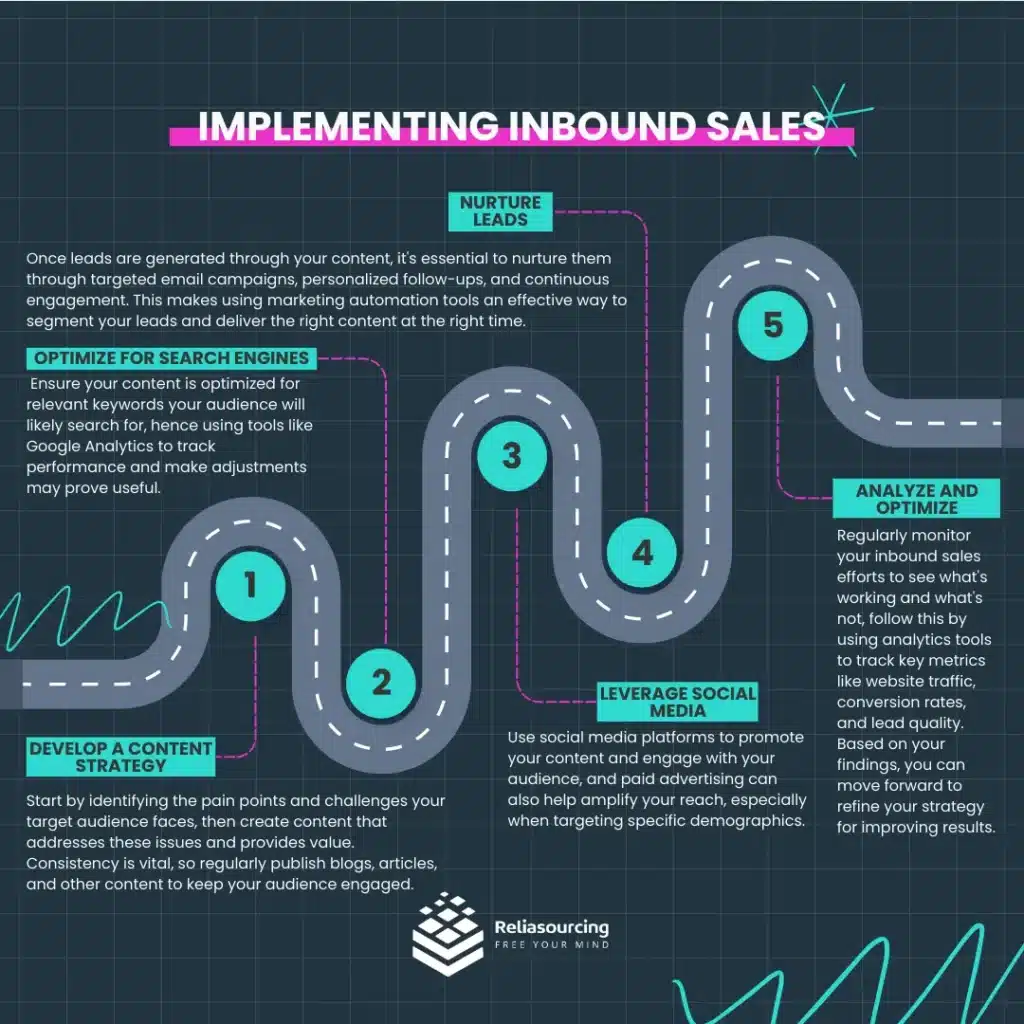
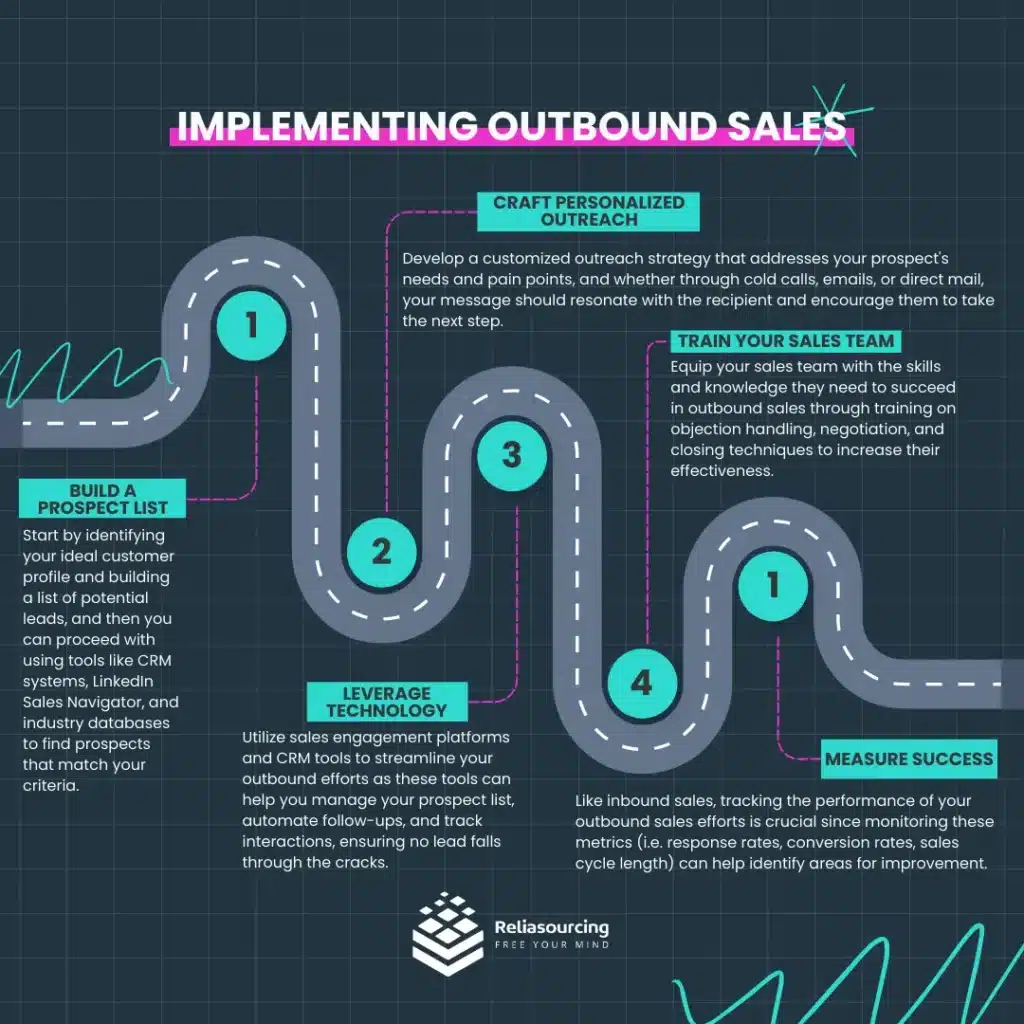
How to choose between inbound vs. outbound sales
Choosing between inbound and outbound sales depends on your business goals, target audience, and resources. Making a decision between the two or perhaps employing both processes could very well be the deciding factor of your business’ success.
- Consider your target audience. Inbound sales might be more effective if your audience is already searching for solutions like yours, though if your audience needs to be made aware of your offerings or needs a nudge to consider your products, outbound sales could be the way to go.
- Evaluate your sales cycle. Inbound sales can be beneficial if you have a longer sales cycle and must build relationships with prospects, while outbound sales may be more appropriate for shorter sales cycles or when you need immediate results.
- Assess your resources. Inbound sales require strong content creation and SEO capabilities, whereas outbound sales demand a skilled sales team and tools for prospecting and outreach. You can go about this by evaluating your team’s strengths and choosing the strategy that aligns with your resources.
- Test and combine. Consider testing both approaches to see which yields better results since, in many cases, combining inbound and outbound sales can be the most effective strategy, allowing you to capture leads from multiple sources and maximize your reach.
Frequently asked questions
What is the difference between inbound and outbound sales?
Inbound sales focus on attracting customers who have already shown interest in your product or service through content marketing and engagement. Outbound sales involve proactively contacting potential customers through cold calling and email outreach.
Can inbound and outbound sales be combined?
Yes, inbound and outbound sales can be combined. This combination can be highly effective since approaching it through collaboration could allow you to attract high-quality leads through inbound efforts while proactively reaching out to potential customers through outbound tactics.
What are some examples of tools used for inbound & outbound sales?
Tools like HubSpot, Google Analytics, and SEO platforms are essential for inbound sales, whereas CRM systems, LinkedIn Sales Navigator, and sales engagement platforms like Outreach.io are commonly used for outbound sales.
How Reliasourcing helps with inbound and outbound sales
Reliasourcing is uniquely positioned to support your inbound and outbound sales efforts. Our expertise in both strategies can help you develop a comprehensive sales plan that leverages the strengths of each approach. We are powered by a team of skilled Inbound SDRs who can create and optimize content, manage lead nurturing campaigns, and analyze performance to ensure your successful inbound strategy. Simultaneously, our Outbound SDRs can assist with prospecting, personalized outreach, and follow-ups to drive immediate results.
Establish a partnership with Reliasourcing, and gain access to a team of experts who understand the nuances of both outside and inside sales outsourcing. We’ll work with you to identify the best strategies for your business, implement them effectively, and continuously optimize your sales efforts to achieve your goals.
Summary
Inbound and outbound sales are two distinct yet complementary strategies that can drive business growth. Build trust and attract high-quality leads over time through inbound sales, then generate immediate results through direct engagement with prospects with outbound sales. Create a sales strategy that delivers long-term success through leveraging the strengths and weaknesses of both approaches in their implementation. And rest assured that a partner like Reliasourcing is here to help you navigate the complexities of inbound and outbound sales, offering expert support and tailored solutions to meet your unique needs.
Contact us and elevate your business today!
